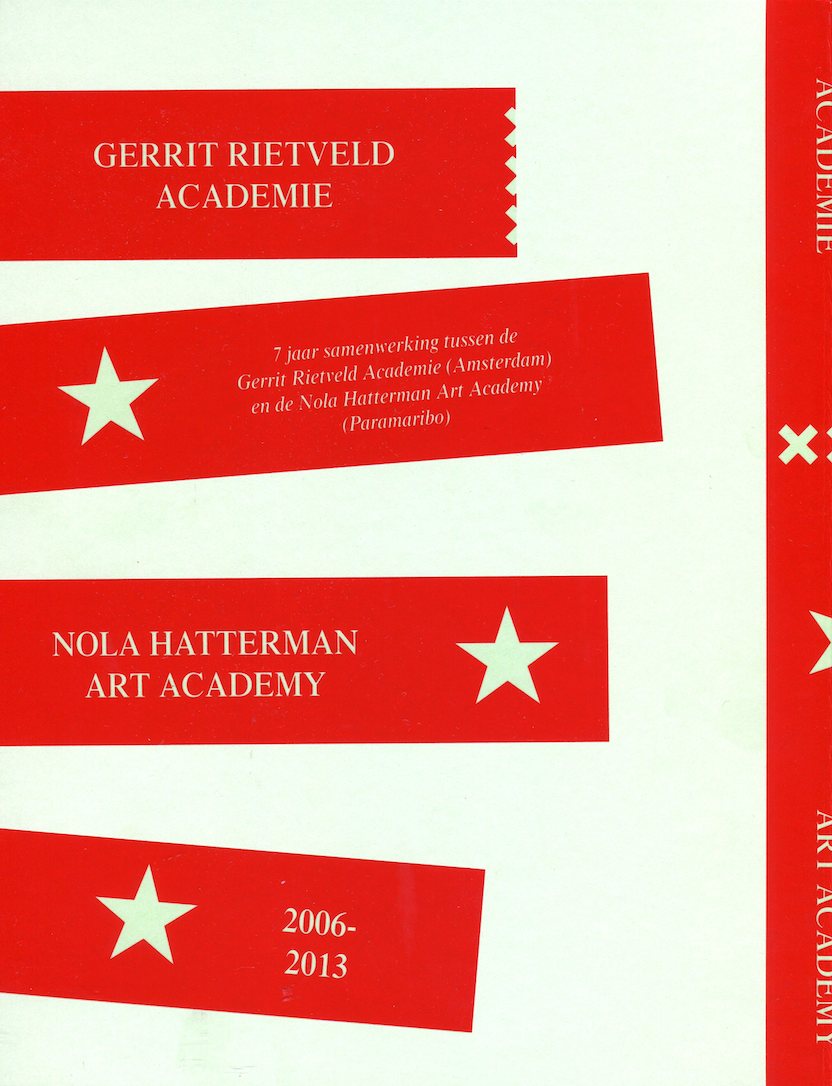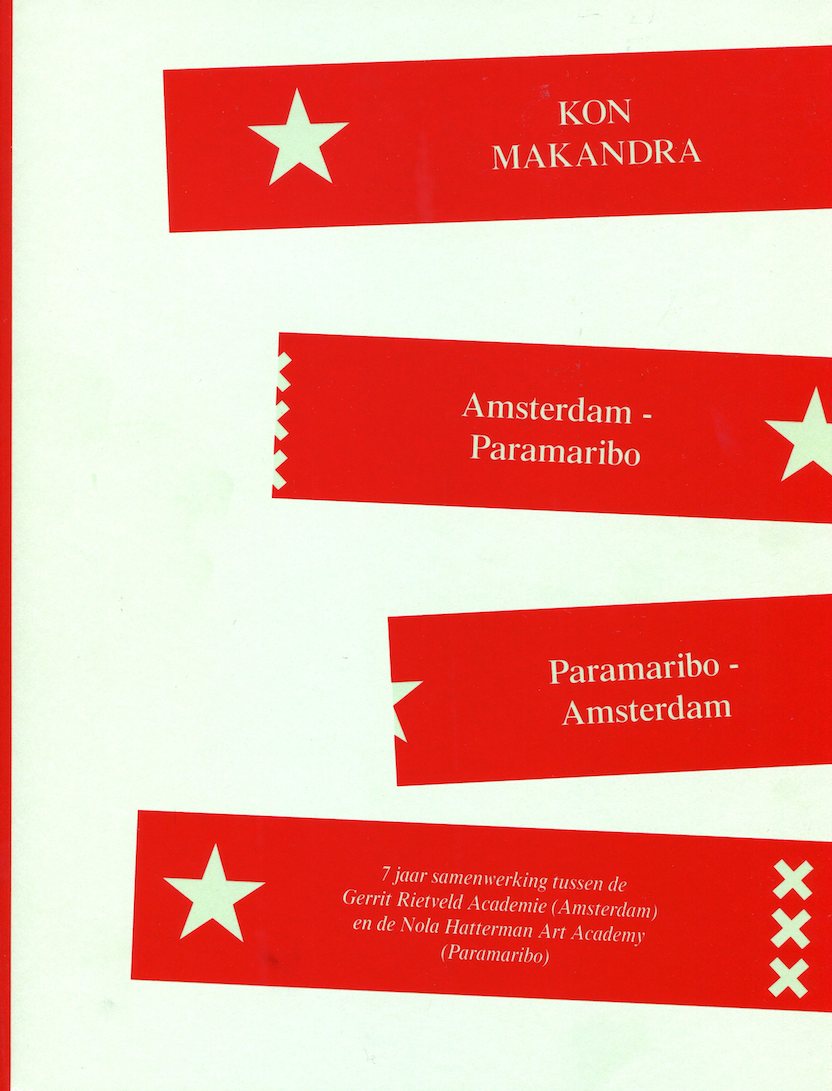Somerset Maugham, the British novelist, playwright and travel writer, once wrote, “the writer cannot afford to wait for experience to come to him; he must go out and search for it”.
This is the essence and attitude of this research proposal for the students at the Nola Hatterman Art Academy. A collective research was done on haptic perception, which refers to: the sense of touch from Greek “I fasten onto, I touch” (it is a form of nonverbal communication). We worked on the haptic perception by blocking the sight as the most dominant
senses, measured by most of the people as the dominant one. The aesthetics for that reason was in this study absolutely not an issue!
We did many different experiments with ‘blind folded’ sessions to get a better insight in how the ‘other’ senses appear within the haptic experience. Numerous test and field trips were organized, in addition to the haptic experiments, an exhibition was organized to experience the audience their senses. We tested on a (on) orthodox way sound in space, smell and the orientation, touch and materials, taste by eating and drinking, all to develop a broad view on tactual senses.
Book contribution by Henri Snel about a research on ‘haptic perception and space’ at the Nola Hatterman Art Academy in Paramaribo (2014)
226












